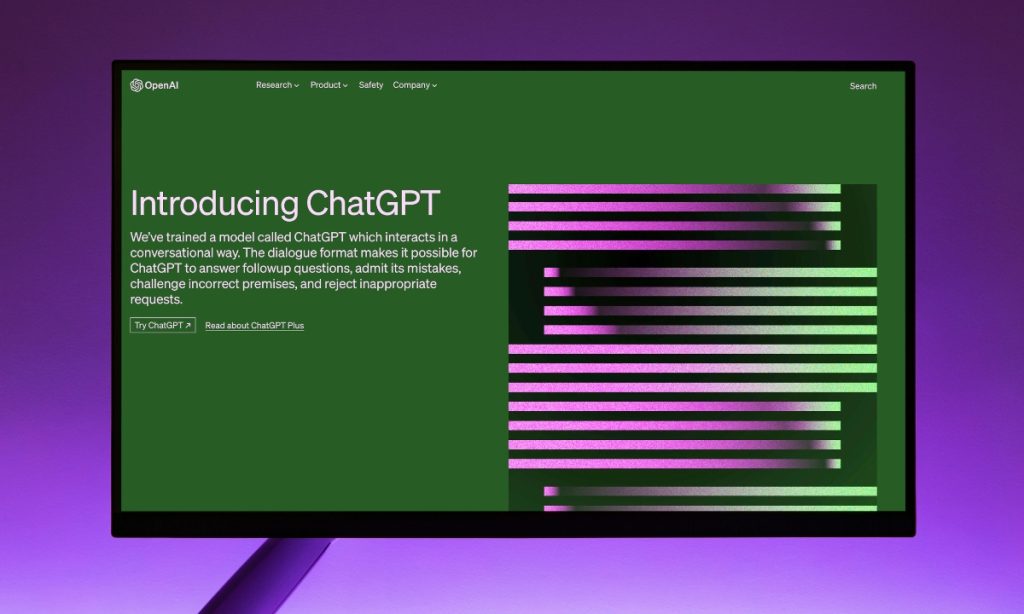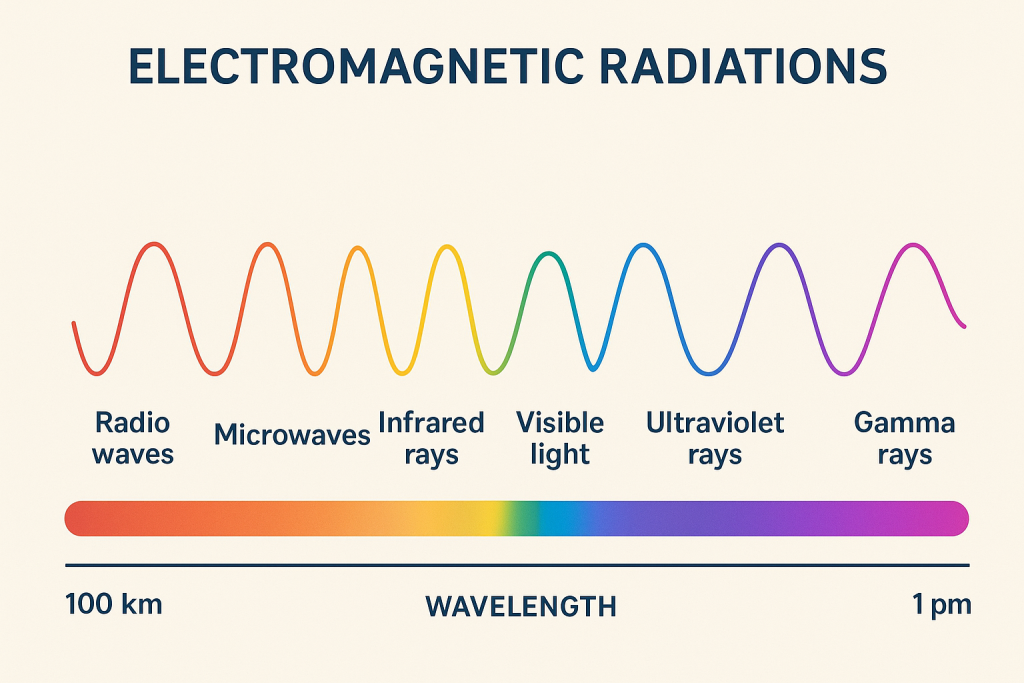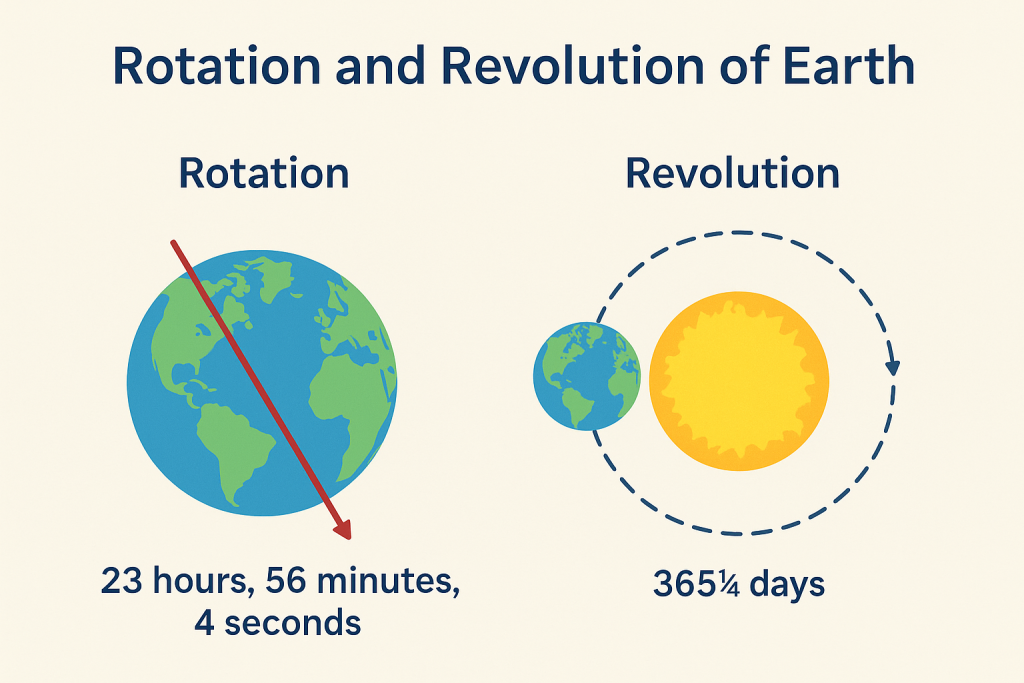AI Tools for Content Creation: Your 2025 Guide to Smarter, Faster Output
Table of Contents
Hey, content creators! If you’re knee-deep in the digital world—whether you’re a blogger, YouTuber, social media guru, or marketer—2025 is the year AI truly takes center stage. Gone are the days of staring at a blank screen for hours; AI tools for content creation are revolutionizing everything from ideation to distribution. With advancements like multimodal AI (think text-to-video in one go) and hyper-personalized algorithms, these tools aren’t just helpers—they’re co-creators. According to a 2025 Forbes report, over 60% of creators now use AI daily, boosting output by up to 5x while maintaining quality. From writing killer copy to generating stunning visuals and optimizing for SEO, AI is making content more accessible, efficient, and engaging.
The demand for fresh, high-quality content is skyrocketing—think TikTok reels, LinkedIn posts, and newsletters that need to cut through the noise. AI bridges the gap by automating the tedious bits, letting your creativity shine. In this post, we’ll explore why these tools are essential and dive into the top picks for 2025. Here are the top AI tools in 2025 that help you create smarter, faster, and more engaging content. We’ll break them down with benefits, tips, and real-world vibes to get you started.
Why AI Tools Matter for Content Creators
In 2025, the content game is fiercer than ever. With platforms like Instagram and YouTube pumping out billions of posts daily, creators face constant pressure to produce faster without sacrificing quality. A DemandSage survey shows that 75% of marketers cite “time constraints” as their biggest hurdle, but AI flips the script by handling repetitive tasks.
How? AI saves time on ideation (brainstorming 10x faster), writing (drafting in minutes), editing (spotting errors instantly), and design (auto-generating visuals). Benefits include:
- Consistency: Maintain brand voice across channels with tone-matching features.
- Creativity Boost: Suggests fresh angles you might miss, like hybrid trends in niches.
- Automation: From SEO tweaks to video clipping, it handles the grunt work.
- Productivity: Creators report 40% more output, per a Social Media Examiner study.
Whether you’re a solo creator or team lead, AI democratizes pro-level content— no massive budget required.
10 Best AI Tools for Students in 2025: Study Smarter, Save Time, and Boost Your Grades
Top AI Tools for Content Creation in 2025
Based on 2025 reviews from sites like DemandSage and Synthesia, these tools stand out for their updates and real-user impact. Each gets bullet-point benefits and pro tips.
1. ChatGPT – Your AI Writing Partner
ChatGPT, powered by OpenAI’s GPT-5 in 2025, is the Swiss Army knife for text-based content. It’s ideal for blog posts, social captions, outlines, and brainstorming, with natural language that feels human.
Why Use It? Benefits for Creators:
- Versatile Writing: Generates full articles, scripts, or ideas from prompts—perfect for overcoming writer’s block.
- Creative Sparks: Offers unique angles, like “10 unconventional marketing hacks for 2025.”
- Customization: Train it on your style via custom GPTs for consistent voice.
- Multimodal Bonus: Now integrates image gen and search for hybrid content.
Pro Tips:
- Prompt smart: “Write a 500-word blog intro on AI ethics, in a conversational tone like Gary Vaynerchuk.”
- Use Search mode for real-time facts.
- Free basics; Plus ($20/mo) for advanced features.
2. Jasper AI – Advanced Copywriting Assistant
Jasper focuses on marketing copy, product descriptions, and ads, with 2025 updates like AI brand voice training.
Why Use It? Benefits for Creators:
- Template-Driven: 50+ templates for blogs, landing pages, and social—streamlines workflows.
- SEO Integration: Built-in keyword tools for optimized content.
- Team Collab: Share projects for agency-level output.
- High-Quality Output: Users rate it 4.7/5 for natural, persuasive copy.
Pro Tips:
- Start with “Boss Mode” for long-form.
- Pricing from $49/mo—test the trial.
3. Copy.ai – Fast and Simple Writing Automation
Copy.ai excels at short-form like emails, captions, and headlines, with a clean interface for quick wins.
Why Use It? Benefits for Creators:
- Speed Demon: Generates 10 variations in seconds.
- Tone Variety: Fun, professional, or witty—matches your audience.
- Free Tier Perks: Unlimited basic use for bootstrappers.
- Workflow Tools: Integrates with Google Docs for seamless edits.
Pro Tips:
- Prompt: “10 Instagram captions for a fitness brand, emoji-inclusive.”
- Upgrade for unlimited words ($36/mo).
4. Writesonic – SEO & Marketing-Focused AI
Writesonic’s 2025 edge is SEO optimization, with ChatSonic for queries and Surfer integration.
Why Use It? Benefits for Creators:
- SEO Magic: Auto-generates ranked articles.
- All-in-One: Blogs, ads, and e-com descriptions.
- ChatSonic: Like ChatGPT but with web search.
- Affordable: Starts at $12/mo, with 10K free words.
Pro Tips:
- Use for “SEO-optimized 1000-word post on sustainable fashion.”
5. Canva Magic Studio – Visual & Video AI Creation
Canva’s Magic Studio uses AI for designs, images, and videos—perfect for non-designers.
Why Use It? Benefits for Creators:
- Image Gen: Text-to-image for thumbnails.
- Video Edits: Auto-cuts, adds effects.
- Branding Tools: Magic Resize for platforms.
- Free Access: Pro features from $15/mo.
Pro Tips:
- Prompt: “Generate a YouTube thumbnail for ‘AI Trends 2025’.”
6. Runway ML – Video Editing Reinvented
Runway’s AI handles text-to-video, background removal, and more for pro edits.
Why Use It? Benefits for Creators:
- Gen AI Video: Create scenes from text.
- Advanced Tools: Motion tracking, upscaling.
- YouTuber Favorite: 4.8/5 ratings.
- Integration: With Adobe for workflows.
Pro Tips:
- Start with free credits; pro at $12/mo.
7. Synthesia – AI Video Presenter
Synthesia turns text into avatar videos with natural voices.
Why Use It? Benefits for Creators:
- Pro Explainers: Custom avatars for tutorials.
- Multilingual: 120+ languages.
- Time-Saver: No filming needed.
- 2025 Updates: Better lip-sync.
Pro Tips:
- Script: “Create a 1-min product demo.”
8. Pictory – Turn Blogs into Videos
Pictory auto-converts articles to videos with stock footage.
Why Use It? Benefits for Creators:
- Repurposing Pro: Blog to reel in minutes.
- Voiceovers: AI-generated narration.
- Social Boost: Shareable clips.
- Easy UI: No editing skills needed.
Pro Tips:
- Paste blog URL for instant video.
9. SurferSEO – Content Optimization
Surfer analyzes SERPs for keyword-optimized structures.
Why Use It? Benefits for Creators:
- Rank Higher: Content scores based on top pages.
- Keyword Tools: Real-time suggestions.
- Integration: With Jasper/Writesonic.
- Results-Driven: Boosts traffic 2x.
Pro Tips:
- Optimize drafts post-writing.
10. Grammarly & DeepL Write – Polishing & Clarity
These duo refine text: Grammarly for grammar, DeepL for structure.
Why Use It? Benefits for Creators:
- Error-Free: Catches tone, clarity issues.
- Multilingual: DeepL excels in non-English.
- Learning Aid: Explains fixes.
- Free Basics: Pro for advanced.
Pro Tips:
- Paste drafts for instant upgrades.
How to Choose the Right AI Content Tool
Define goals: Writing? Try Jasper. Video? Runway. Balance creativity (human input) and automation (AI drafts). Test demos—most offer free trials.
For comparisons, here’s a table grouping by category (based on 2025 reviews from DemandSage and Reddit).
Writing Tools Comparison
| Tool | Best For | Free Tier? | Rating | Pros | Cons |
|---|---|---|---|---|---|
| ChatGPT | Versatile writing | Yes | 4.8 | Custom GPTs, multimodal | Hallucinations |
| Jasper | Marketing copy | Trial | 4.7 | Templates, collab | Pricey ($49/mo) |
| Copy.ai | Short-form | Yes | 4.6 | Speed, tones | Limited long-form |
| Writesonic | SEO articles | Yes | 4.7 | Surfer integration | Learning curve |
Visual/Video Tools Comparison
| Tool | Best For | Free Tier? | Rating | Pros | Cons |
|---|---|---|---|---|---|
| Canva | Designs/thumbnails | Yes | 4.8 | Easy UI, Magic Resize | Basic for pros |
| Runway ML | Video gen/editing | Credits | 4.8 | Text-to-video | Compute-heavy |
| Synthesia | Avatar videos | Trial | 4.7 | Multilingual voices | Less customizable avatars |
| Pictory | Blog-to-video | Trial | 4.6 | Auto-repurposing | Stock footage limits |
Optimization Tools Comparison
| Tool | Best For | Free Tier? | Rating | Pros | Cons |
|---|---|---|---|---|---|
| SurferSEO | Keyword optimization | Trial | 4.7 | SERP analysis | Subscription ($59/mo) |
| Grammarly/DeepL | Polishing | Yes | 4.6 | Real-time fixes | Not creative gen |
Pick based on needs—mix and match for a full stack.
Future of AI in Content Creation
2025 trends point to multimodal AI (one tool for text/video), hyper-personalization (AI tailoring to audience data), and co-creation (human-AI hybrids). Per Synthesia, expect VR integrations and ethical AI for bias-free output. Human creativity stays key—AI handles scale, you add soul.
Conclusion
AI tools for content creation make 2025 workflows faster, more creative, and efficient—from ChatGPT’s brainstorming to Runway’s videos. They save time, boost quality, and open doors for all creators.
Experiment with a few—start free and scale up. Start using these AI tools in 2025 to create content that stands out.
FAQs: 20+ Questions on AI Tools for Content Creation
1. What are the best free AI tools for content creation in 2025? ChatGPT, Copy.ai (basic), Canva Magic Studio—great starters for writing and visuals.
2. Can AI replace human content creators? No—AI aids, but lacks unique voice and emotion. Use for efficiency.
3. Is using AI for content ethical? Yes, if disclosed and original. Avoid plagiarism by rewriting.
4. Which AI tool is best for SEO content? Writesonic or SurferSEO for optimization.
5. How do AI tools help with video creation? Tools like Runway and Synthesia generate from text, saving filming time.
6. What’s new in AI content tools for 2025? Multimodal features, like ChatGPT’s image/video gen.
7. Should I pay for premium AI tools? For heavy use—free tiers suffice for basics.
8. Which tool is ideal for social media captions? Copy.ai for quick, varied options.
9. Can AI tools handle multilingual content? Yes, DeepL Write and Synthesia support multiple languages.
10. How to integrate AI into my workflow? Start with ideation (ChatGPT), draft (Jasper), optimize (Surfer), polish (Grammarly).
11. Are AI-generated videos realistic in 2025? Improving, but still need human tweaks for pro quality.
12. What’s the best AI for blog writing? Jasper or Writesonic for structured posts.
13. Do AI tools detect plagiarism? Grammarly does; always check outputs.
14. How much do these tools cost? From free to $50/mo—ChatGPT Plus at $20.
15. Can AI create thumbnails? Canva Magic Studio excels here.
16. What’s a good alternative to ChatGPT? Claude for sensitive content.
17. How to repurpose content with AI? Pictory for blog-to-video.
18. Are these tools safe for data? Most encrypt; review policies.
19. Can AI help with podcasts? Descript (similar) for editing; Synthesia for intros.
20. Future trend for AI content? Hyper-personalization via audience data.
21. Best for beginners? Canva—intuitive and visual.
22. Do tools work offline? Few; most need internet.
23. How to cite AI in content? Note “Generated with [tool]” if needed.
How to Use ChatGPT for Research: A 2025 Guide to Smarter, Faster Insights
AI Tools for Content Creation: Your 2025 Guide to Smarter, Faster Output Read More »





